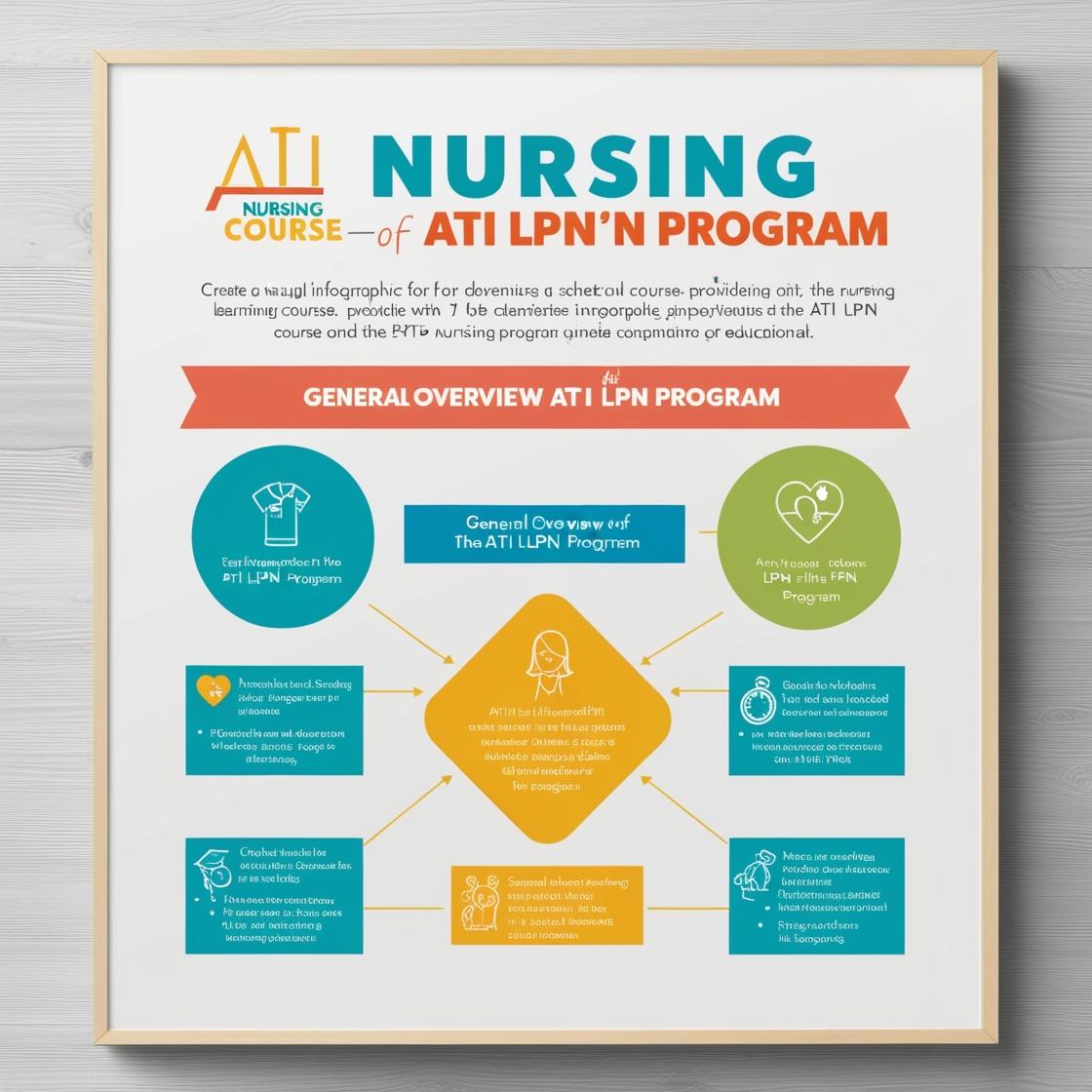LPN LPN
ATI PN Comprehensive Predictor 2023
1. A nurse is caring for a client who is experiencing a situational crisis following the loss of a job. The client states, 'I don't think I can go through this again.' Which of the following actions is the nurse's priority?
- A. Refer the client to a mental health counselor
- B. Encourage the client to express their feelings
- C. Determine if the client is experiencing psychotic thinking
- D. Ask the client about their social support system
Correct answer: C
Rationale: In this situation, the nurse's priority is to determine if the client is experiencing psychotic thinking as it addresses the immediate safety concern. Psychotic thinking may pose a risk to the client's safety or the safety of others. Referring the client to a mental health counselor (choice A) may be appropriate but not the priority when safety is a concern. Encouraging the client to express their feelings (choice B) and asking about their social support system (choice D) are essential aspects of care but are secondary to addressing immediate safety issues.
2. What is the best approach to assist a client in performing self-care after an acute myocardial infarction, when the client expresses concern about fatigue?
- A. Provide clear instructions on how to ask for assistance
- B. Gradually resume self-care tasks, focusing on rest periods
- C. Encourage assistive personnel to complete self-care tasks
- D. Encourage the client to remain in bed until fully rested
Correct answer: B
Rationale: The best approach to assist a client in performing self-care after an acute myocardial infarction, especially when the client expresses concern about fatigue, is to gradually resume self-care tasks while focusing on rest periods. This approach allows the client to build confidence in managing their self-care activities while also addressing the issue of fatigue. Choice A is incorrect as it focuses on asking for assistance rather than promoting self-care. Choice C is inappropriate as it suggests delegating the client's self-care tasks to assistive personnel instead of empowering the client. Choice D is incorrect as it can lead to deconditioning and is not conducive to the client's recovery process.
3. A client at 20 weeks of gestation is being taught by a nurse about an alpha-fetoprotein (AFP) test. Which of the following information should the nurse include?
- A. This test is used to confirm pregnancy
- B. This test is used to detect neural tube defects
- C. This test will determine the baby's lung maturity
- D. This test will check for gestational diabetes
Correct answer: B
Rationale: The correct answer is B: 'This test is used to detect neural tube defects.' An alpha-fetoprotein test is essential for screening neural tube defects in the fetus, not for confirming pregnancy, determining lung maturity, or checking for gestational diabetes. Detecting neural tube defects is crucial for early intervention and management of potential health issues in the baby.
4. A client is scheduled for a 12-lead ECG. Which of the following actions should the nurse include in the plan of care?
- A. Ensure the client is fasting before the test
- B. Provide a warm blanket for the client
- C. Apply cold compresses to the client's chest
- D. Instruct the client to remain still
Correct answer: D
Rationale: During a 12-lead ECG, the client needs to remain still to obtain accurate readings. Therefore, instructing the client to remain still is essential. Choices A, B, and C are incorrect because fasting is not necessary for an ECG, providing a warm blanket is not a standard procedure, and applying cold compresses may interfere with the ECG results.
5. What are the common signs and symptoms of dehydration in the elderly?
- A. Dry mouth, confusion, and decreased skin turgor
- B. Increased heart rate and muscle cramps
- C. Fever, rapid breathing, and increased urine output
- D. Increased thirst and difficulty walking
Correct answer: A
Rationale: Corrected Rationale: Dehydration in the elderly is often signaled by dry mouth, confusion, and decreased skin turgor due to reduced fluid intake. Choice A is the correct answer as these are common signs and symptoms of dehydration in the elderly.\nIncorrect Rationales: Option B (Increased heart rate and muscle cramps) are more associated with conditions like hyperthyroidism or electrolyte imbalances rather than dehydration. Option C (Fever, rapid breathing, and increased urine output) are signs of other medical conditions such as infections or diabetes insipidus. Option D (Increased thirst and difficulty walking) can be seen in various situations but are not specific signs of dehydration in the elderly.
Similar Questions

Access More Features
ATI LPN Basic
$69.99/ 30 days
- 50,000 Questions with answers
- All ATI courses Coverage
- 30 days access @ $69.99
ATI LPN Premium
$149.99/ 90 days
- 50,000 Questions with answers
- All ATI courses Coverage
- 30 days access @ $149.99
